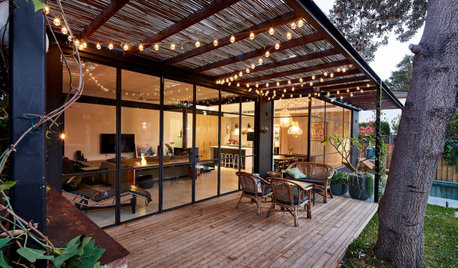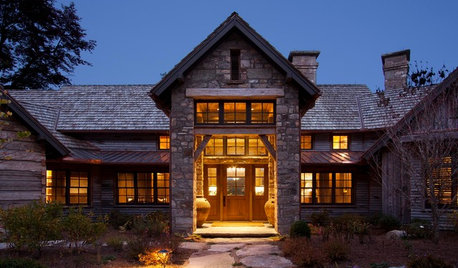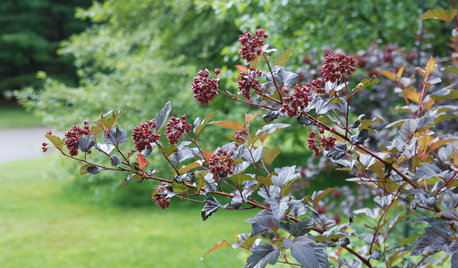Rabbiteye blueberries up north? Which varieties to choose?
highlandernorth
12 years ago
Related Stories

EDIBLE GARDENSSummer Crop: How to Grow Blueberries
Plant blueberries in spring or fall for garden beauty through three seasons — and a sweet superfood in summer
Full Story
GARDENING GUIDESGreat Design Plant: Grow Blueberries for Their Fruit and More
Eastern gardeners should consider growing blueberry plants for their delicious fruits, bee-friendly spring blooms and brilliant fall foliage
Full Story
GARDENING GUIDES6 New Plant Varieties That Beat Out Their Parents
With better resistance and fewer demands, these garden beauties are worth a spot on your wish list
Full Story
LANDSCAPE DESIGNWhich Pergola Is Right for You?
A covered pergola can increase the time you spend in your outdoor living space. Which covering should you choose?
Full Story
DECORATING GUIDESLighten Up — or Brighten Up — With Yellow
You can use this versatile color to create a buttery backdrop, add a zesty accent or make a bold design statement
Full Story
RUSTIC STYLEOld Southern Highlands Style for a New North Carolina Retreat
Antique woods add a sense of history to a gracious part-time home in the Blue Ridge Mountains
Full Story
GARDENING GUIDES13 North American Backyard Birds to Know
Find out about these enchanting native species and learn how to attract them to your yard
Full Story
HEALTHY HOME12 Ways to Set Up Your Kitchen for Healthy Eating
Making smart food choices is easier when your kitchen is part of your support team
Full Story
ARCHITECTUREKnow Your House: What Makes Up a Home's Foundation
Learn the components of a common foundation and their purpose to ensure a strong and stable house for years to come
Full Story
GARDENING GUIDES6 Branches and Berries to Spruce Up Holiday Decor
Bring garden cuttings in from the cold to warm up seasonal arrangements and decorate your home for the holidays
Full Story








blueboy1977
fruitnut Z7 4500ft SW TX
Related Professionals
Roosevelt Landscape Architects & Landscape Designers · Saint Matthews Landscape Architects & Landscape Designers · Finneytown Landscape Architects & Landscape Designers · Allentown Landscape Contractors · Canton Landscape Contractors · Andover Landscape Contractors · Bloomington Landscape Contractors · Dallas Landscape Contractors · Essex Landscape Contractors · Galt Landscape Contractors · Mendota Heights Landscape Contractors · Middletown Landscape Contractors · Shaker Heights Landscape Contractors · Vallejo Landscape Contractors · Waltham Landscape Contractorsblueboy1977
fruitnut Z7 4500ft SW TX
blueboy1977
blueboy1977